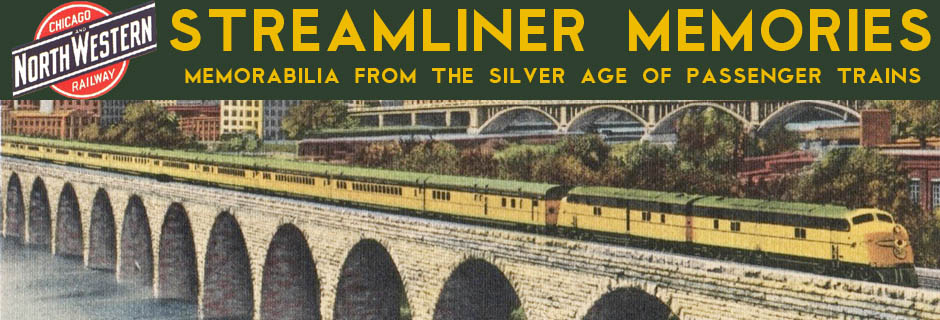The April 1955 timetable, which immediately preceded this one, featured the Pony Express on the page before the centerfold map as “No. 4 in a series devoted to historic landmarks.” As number 5 in the same series, today’s edition features the less famous but more economically successful Butterfield Stage Line, illustrated by John Keil.
 Click image to download an 25.2-MB PDF of this 48-page timetable.
Click image to download an 25.2-MB PDF of this 48-page timetable.
The Pony Express carried mail between St. Joseph Missouri and Sacramento, taking about 10 days for the trip and initially charging $5 for a letter when postage rates were 2¢ but required many weeks or months for the same trip. The Butterfield stage required 25 days to go between St. Louis and San Francisco, charging not more than $1 for a letter. The Butterfield operation had the advantage of a mail contract with the postal service and its stagecoaches could also carry passengers. Continue reading









